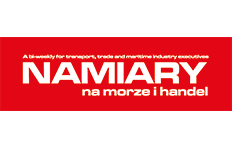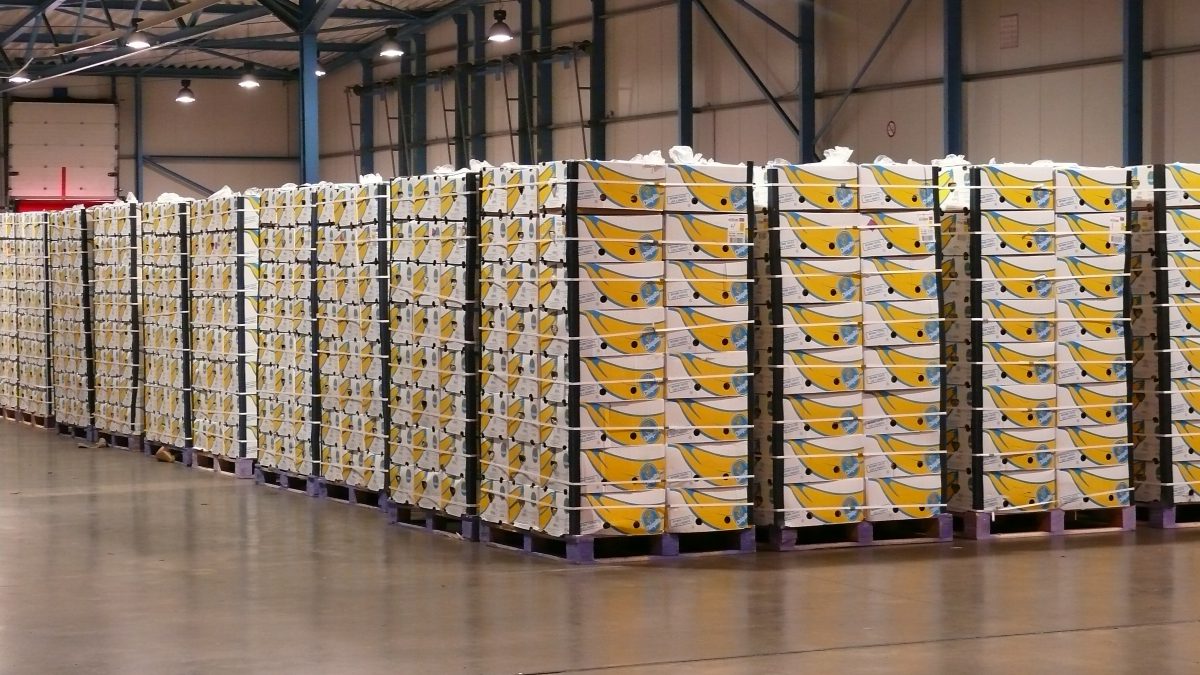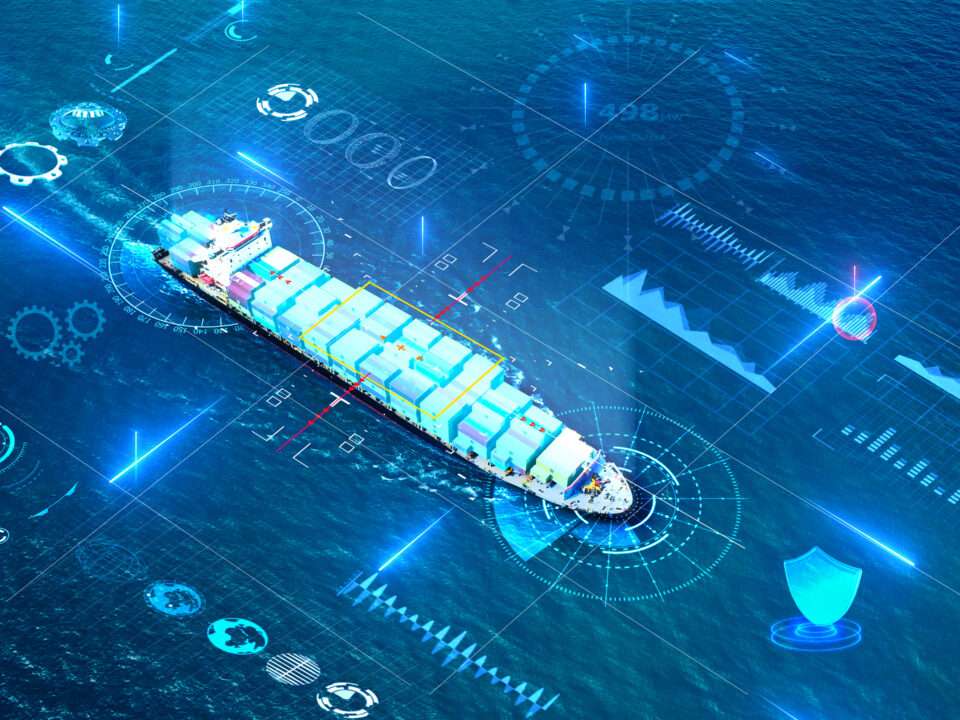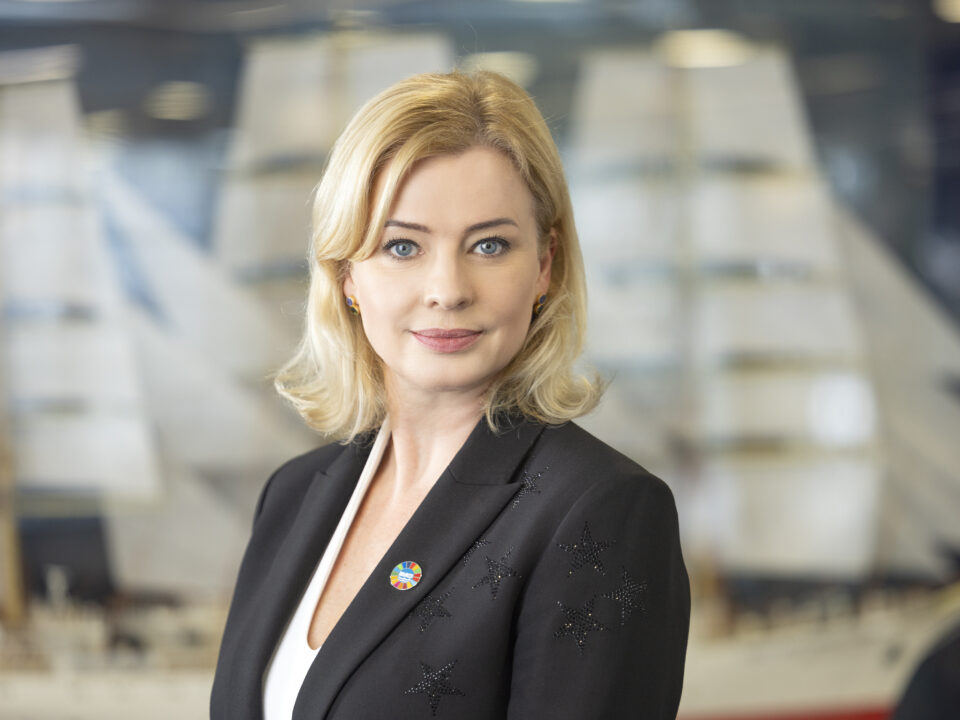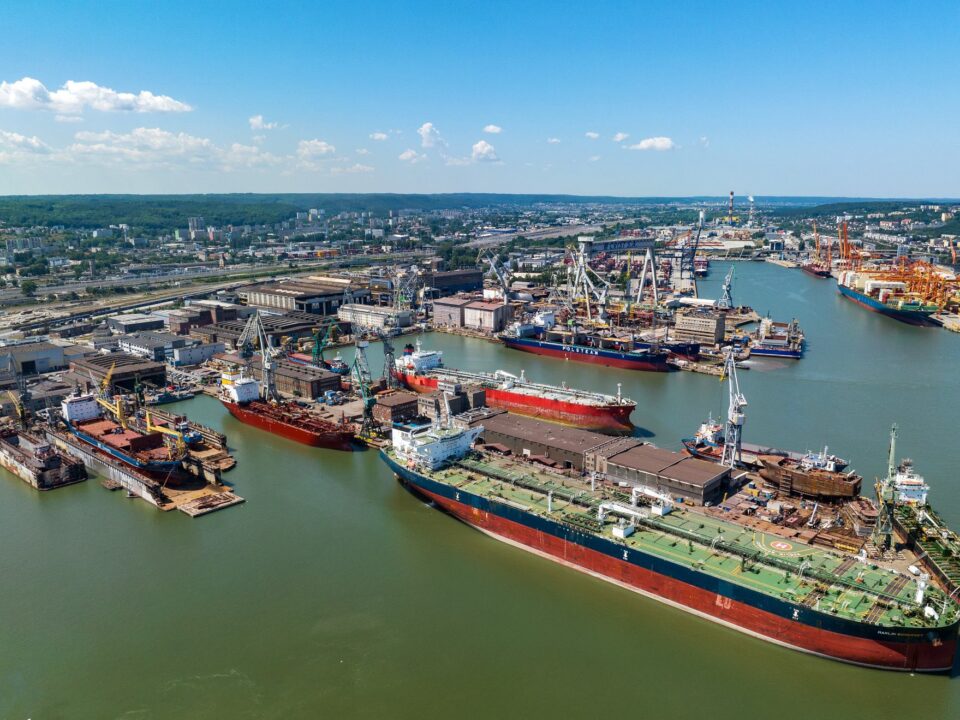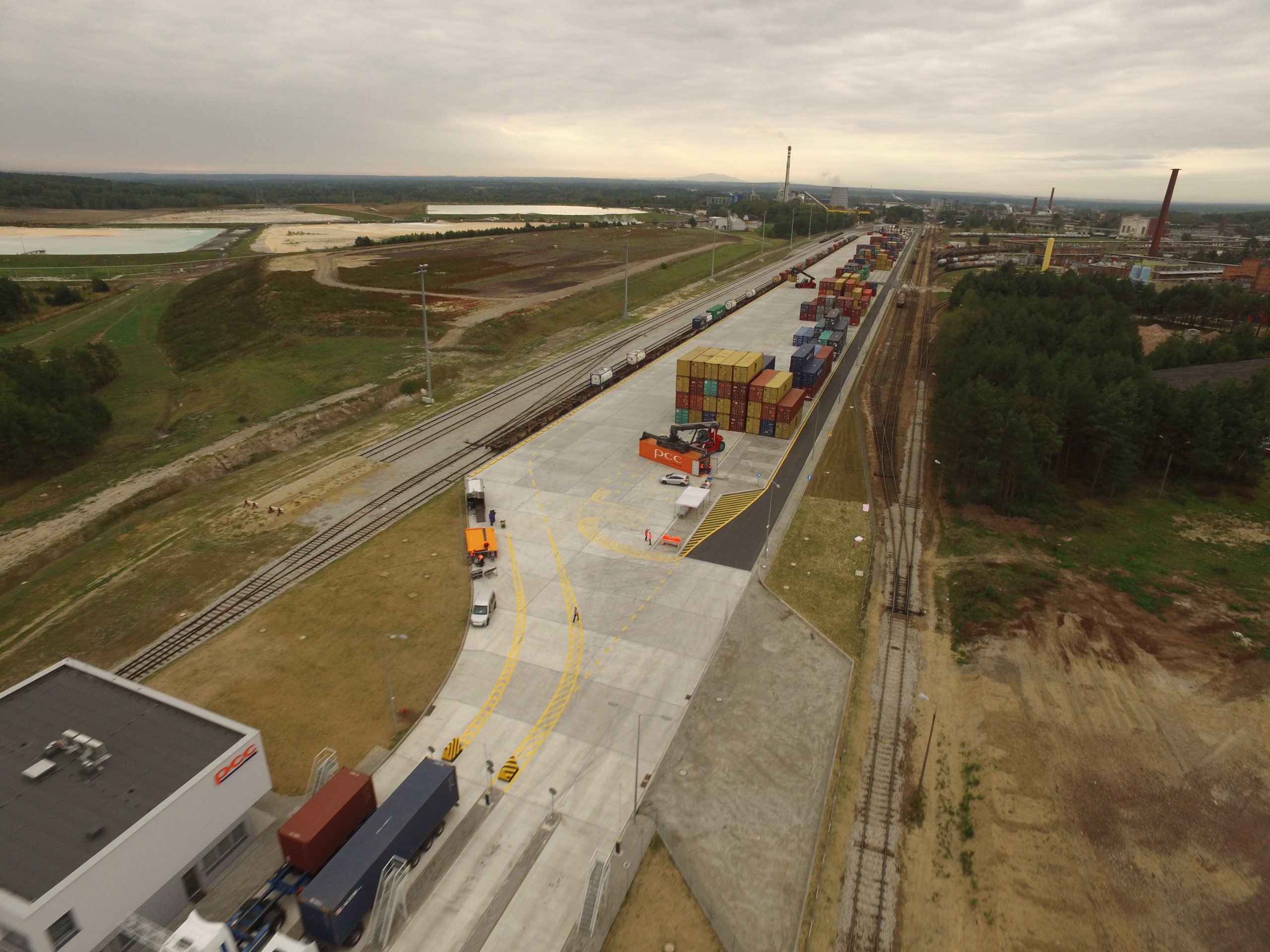
Intermodal transport at the Polish ports
2 September 2021Problems of Polish ports with regard to handling of foodstuffs
One of the tasks of the Polish ports and terminals is to redirect the supply of goods and raw materials, that reach our market via the foreign ports. This is supported by investment in modern equipment, expansion of road, rail and port infrastructure. Also underpinning this, are the plans for the construction of external (outer) ports, which provide for a significant increase in the volume of goods passing through our ports. However, it would seem, that the development of state infrastructure has not kept pace with the significant expansion of transhipment infrastructure and the routes leading to it. Entrepreneurs importing foodstuffs to Poland by sea from countries outside the European Union point out, that although ports and terminals operate efficiently and work 7 days a week and 24 hours a day, the port sanitary inspection posts (Sanepid) and the Provincial Inspectorate of Trade Quality of Agricultural and Food Articles (WIJHARS) operate only on working days, from 7 a.m. to 3 p.m. So from their perspective, it seems that the port only operates 8 hours a day and not on weekends. So when the ship with their cargo arrives on Friday at 3 p.m., it takes 2.5 days to start the procedure for cargo processing.
- Unfortunately, it is true that there are simply not enough people working at the Sanepid posts. Their relatively short working hours are another issue – states Joanna Byndas-Karaś, manager of the Peko Customs Agency branch.
She adds, that although the Sanepid inspectors are competent, due to their limited number, they are unable to serve all the customers in a timely manner. The situation is similar in the case of contacts with WIJHARS, whose representatives themselves even complain about staff shortages.
- I import frozen fruit to Poland and phytosanitary service at the sea border presents a serious problem for my company – says Bartłomiej Austen, an entrepreneur from Gdynia
- The inadequate staffing of these facilities means that when it comes to the physical inspection of goods, a container can be held in port for several days, even more than 20 days. For me, this involves increased costs for storing the container and, in the case of a container with a freezing unit, also for the electricity consumed. He explains that that container storage fees are charged from day 4 or 5, depending on the shipowner and the individually negotiated terms. In the case of refrigerated cargo, the rates for long-term storage of containers run into hundreds of euros. This amount mainly consists of Terminal Handling Charge (THC) and fees for failure to deliver a container.
The length of the sanitary inspections that cargo can undergo at a Polish port, means that some importers still choose to use other, even very distant, ports.
- Many importers, especially those importing fruit from the Far and Middle East and Africa, choose the Slovenian port of Koper on the Adriatic Sea. This is because of the maximum simplification of procedures related to the clearance of foodstuffs – says Paweł Gelner, owner of the company Transimpex.
As previously mentioned, forwarders often point out that Sanepid inspectors work 8 hours a day and only on weekdays. However, a summary of the working hours of the Border Sanitary and Epidemiological Stations received from Sanepid shows that they all operate, admittedly, 8 hours a day, in addition to 24-hour on-call duties. However, it turns out that these on-call duties are often performed very differently. According to the entrepreneurs, you cannot count on any matter related to phytosanitary clearance being dealt with in ports in the evening or at night, or on the weekends.
In order to provide such an efficient phytosanitary service in ports, employment in the GSSEs [Border Sanitary and Epidemiological Stations] that exist there, would need to be significantly increased. This would require a significant increase in expenditure on sanitary inspection from the national budget. Meanwhile, the budget for this service was increased by 3.5% in 2017, again by 3.5% in 2018, by 11% in 2019 and by 9% in 2020. When we subtract from this the annual inflation rate, which was 2% in 2017, 1.6% in 2018, in 2019, 2.3%, and in 2020 – 3.4%, it becomes clear that in the first two years it would be difficult to speak of an increase in the budget of this service at all, and in the last year the level of the increase could not even compensate for the increase in costs, resulting from the sharp rise in the duties of Sanepid employees due to the pandemic.
In this context, the demands of entrepreneurs appear to be well-founded: either to reduce the scope of duties imposed on the Sanepid employees or to drastically increase funding for this service in order to adapt its work to the ports’ operations. If this does not happen, it may be difficult to convince entrepreneurs importing foodstuffs to make use of our terminals.
The situation at the Polish seaports is traditionally one of the leading topics of the Gdynia Maritime Economy Forum, whose 20th jubilee edition will be held on October 7-8, 2021.
Article developed with Namiary na Morze i Handel magazine
phot. Namiary na Morze i Handel magazine
